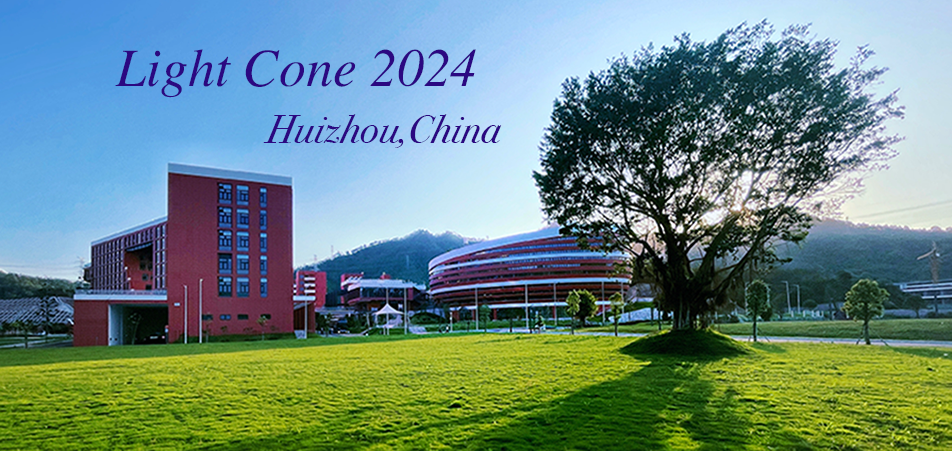Speaker
Description
We develop an new approach for calculating heavy quark effective theory (HQET) light-cone distribution amplitudes (LCDAs) by employing a sequential effective theory methodology. The theoretical foundation of the framework is established, elucidating how the quasi distribution amplitudes (quasi DAs) with three scales can be utilized to compute HQET LCDAs. We provide theoretical support for this approach by demonstrating the rationale behind devising a hierarchical ordering for the three involved scales, discussing the factorization at each step, clarifying the underlying reason for obtaining HQET LCDAs in the final phase, and addressing potential theoretical challenges. The lattice QCD simulation aspect is explored in detail, and the computations of quasi DAs are presented. We employ three fitting strategies to handle contributions from excited states and extract the bare matrix elements. For renormalization purposes, we utilize the state-of-the-art techniques and apply hybrid renormalization schemes at short and long distance separations. To mitigate long-distance perturbations, we perform an extrapolation in $\lambda= z\cdot P^z$ and assess the stability against various parameters. After two-step matching, our results for HQET LCDAs are found in agreement with existing model parametrizations. The potential phenomenological implications of the results are discussed, shedding light on how these findings could impact our understanding of the strong interaction dynamics, and physics beyond the standard model.

